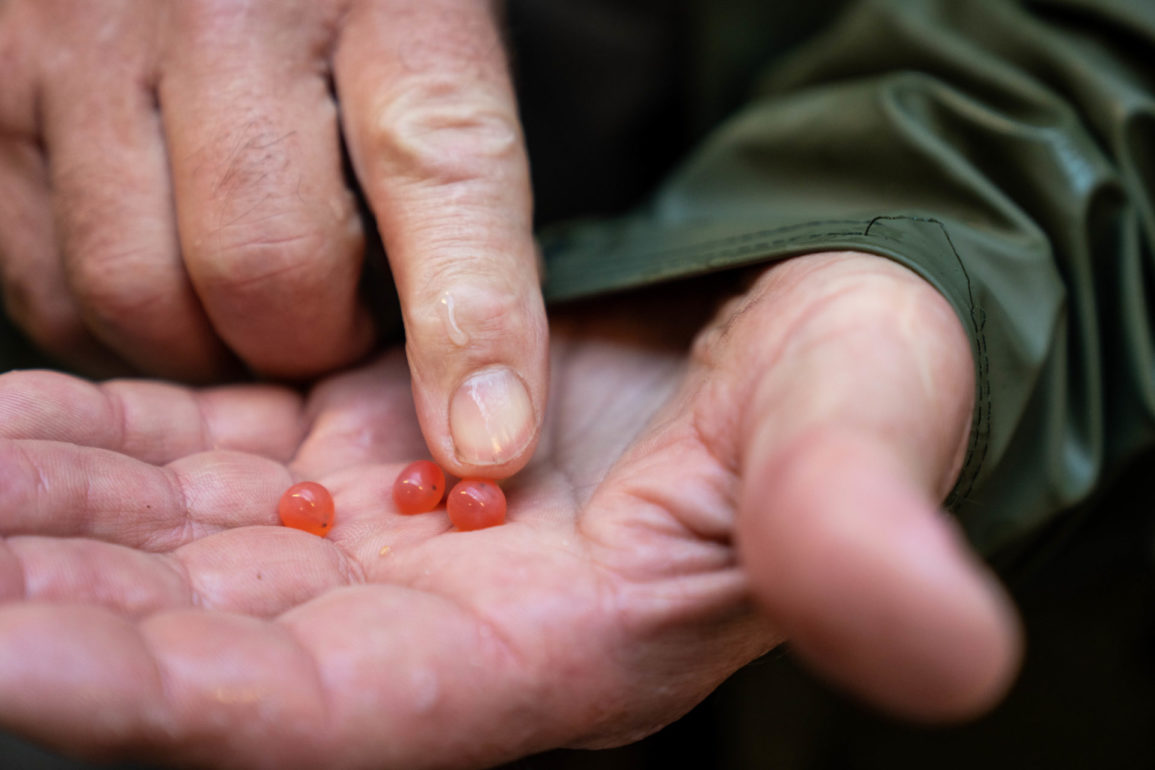History
Sooke is a small community located about 40 minutes west of Victoria along Highway 14. The town and surrounding residential areas are situated on a scenic bay, consisting of two distinct halves separated by Billings Spit at the mouth of the Sooke River. To the southwest, Whiffin Spit and the Sooke Bluffs provide protection from strong westerly winds coming down Juan de Fuca Strait. At the spit’s eastern end, a deep channel provides the only entry point. Winter easterlies and northeasters are rebuffed by hills and mountains that bracket the community on the other three sides.
Advertisement
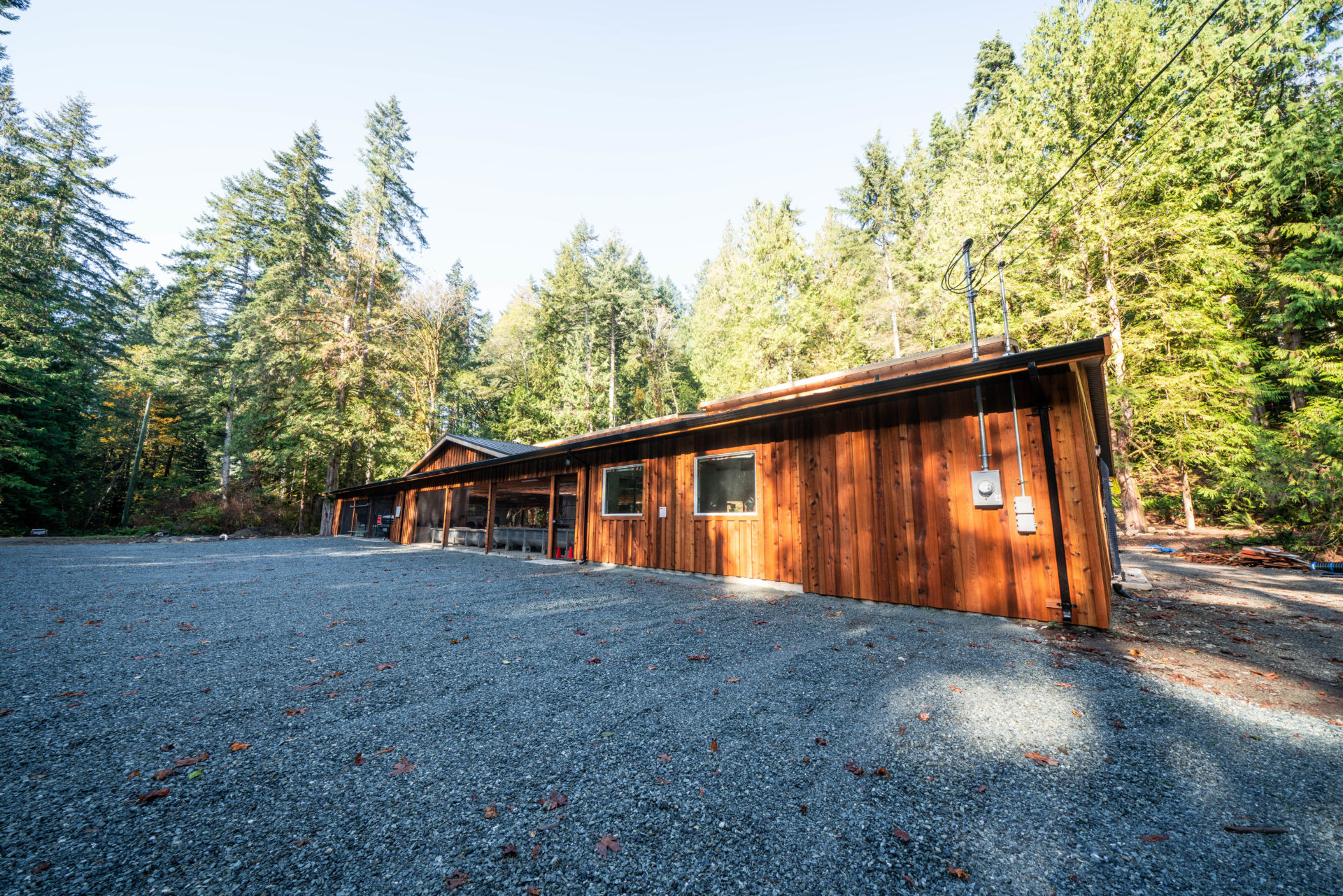
Sooke’s fishing history goes back over a hundred years, not counting First Nations traditional fisheries. The region’s modern fishing history can be traced to commercial operations mainly targeting Fraser River salmon. The race to catch these fish began in earnest when the Americans started to intercept Fraser River salmon ahead of Canadian fishermen. To counteract act this, J.H. Todd Fisheries received permission to set up five salmon traps in Juan de Fuca Strait beginning in 1902. Traps were positioned westward from the trap shack to Gordon’s Beach. They operated until the late 1950s when the appearance of seine boats, highly efficient but lethally indiscriminate salmon killers, rendered them obsolete. Seine boat activity in Juan de Fuca Strait sparked a war between recreational anglers and the fishing companies over the waste of juvenile salmon, called squishers, during seining operations. Eventually commercial salmon fishing was moved out of Juan de Fuca Strait seaward of a line between Bonilla Point on Vancouver Island and Tatoosh Island at Cape Flattery. The boundary is known as the Bonilla-Tatoosh line or colloquially as the Blue line. This long-term fight over wasteful fishing practices was led by local anglers and conservationists and provided the catalyst for the creation of the minister’s Sport Fishing Advisory Board in 1964.
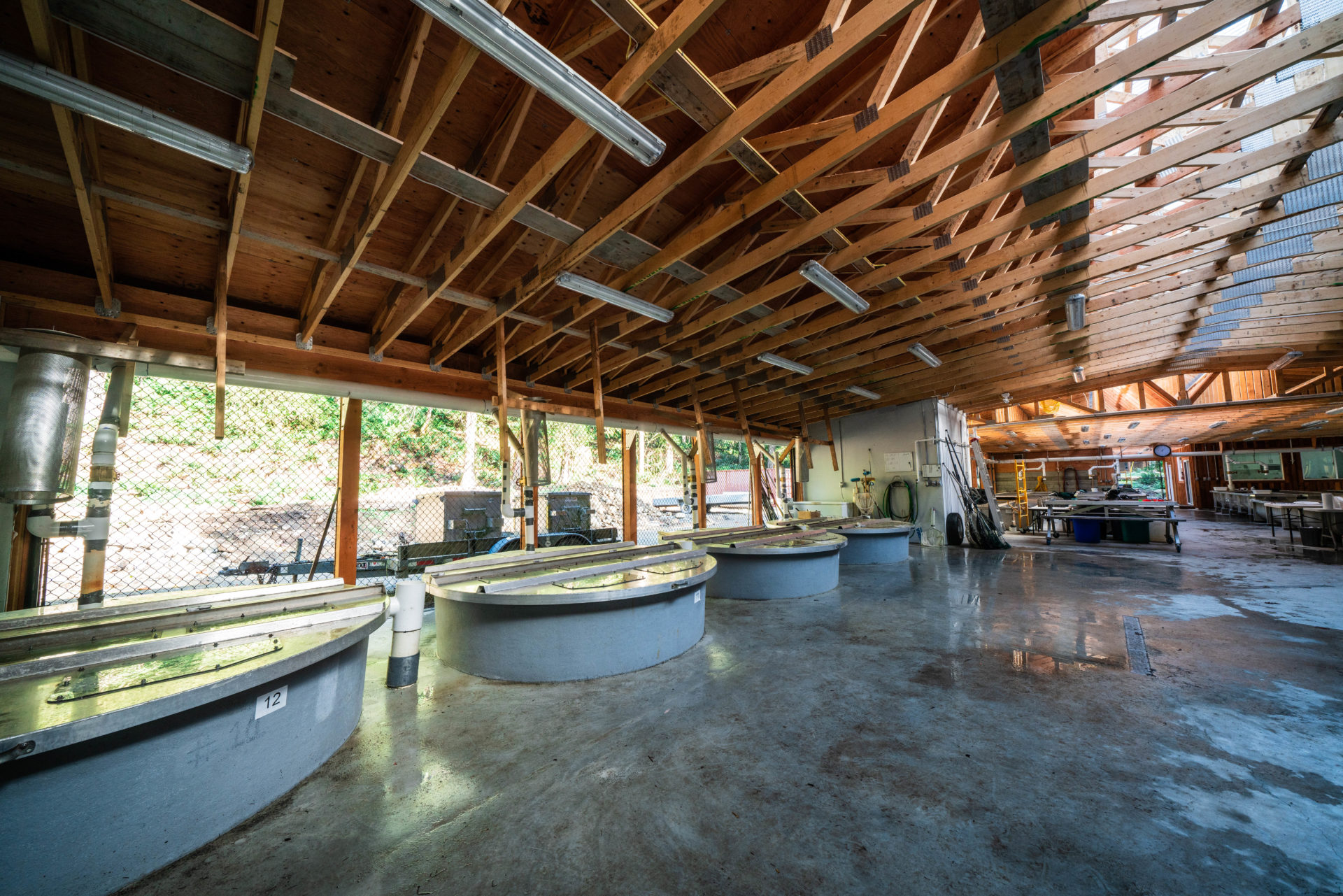
Commercial fishing remained an important part of the local economy into the late 1970s. However, Sooke was also becoming a major recreational salmon fishing destination. That growth continued through the next two decades, before leveling off in the early 2000s. While recreational fishing grew, commercial salmon fishing declined, partly due to the Canada/US Salmon Treaty, which put limits on the number of salmon each country could harvest. The Sooke troll fleet was particularly hard hit. Fortunately, the economic benefits of recreational fishing took up the slack and it is now the dominant regional fishing activity.
Advertisement
Sooke has a history of giving back to the resource. In the 1950s, one person set the course for the community’s conservation ethic. He was Jack Brooks, the local fisheries warden. Jack soon recognized that harvest rates were too high for local salmon stocks to sustain. His judgment was prophetic considering what was to happen to Sooke River chinooks.
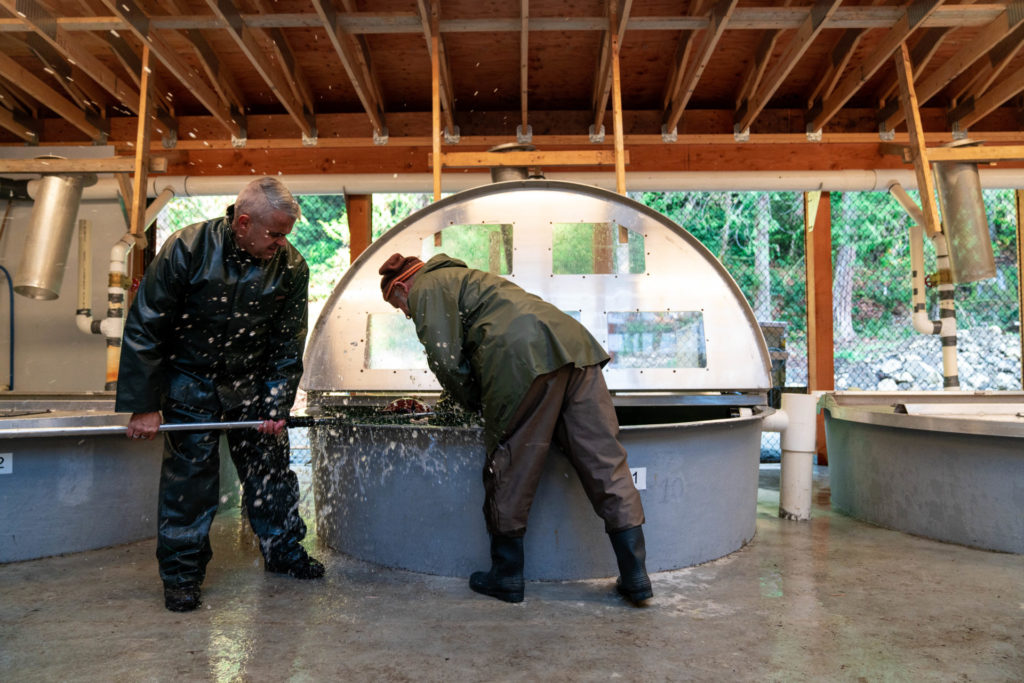
Jack Brooks’ Legacy
Jack was a thinker who was decades ahead of his time. He started by salvaging coho fry from local streams during periods of low water. In 1954, he convinced Fisheries that a fish trap and dam were needed on Demamiel Creek, an important tributary of the Sooke River. The dam was built near the outflow from Young Lake and continues to provide additional water storage to counteract low water periods. He was also involved in the construction of two dams above Young Lake to provide even more water capacity for the system. Ironically, this type of water storage thinking is currently being considered as a primary tool to mitigate climate-related water shortages within critical salmon habitats.
Advertisement
By the mid 1960s, Jack, along with local commercial fishermen, started rearing salmon in homemade gravel incubation boxes to improve egg to fry survival rates. In 1981, the appropriately named Jack Brooks Hatchery was constructed on Rocky Creek, which flows into the Sooke River via Demamiel Creek. Further construction took place a decade later when a pump house was installed. It augmented the hatchery’s water supply for steelhead rearing during low summer flows. While this project was in operation, Sooke steelhead numbers improved substantially, until the project was cancelled by the province. The Sooke Salmon Enhancement Society (SSES) has operated the hatchery continuously since 1981, focusing primarily on chinook and coho. The society is currently permitted to handle 500,000 chinook and 150,000 coho eggs.
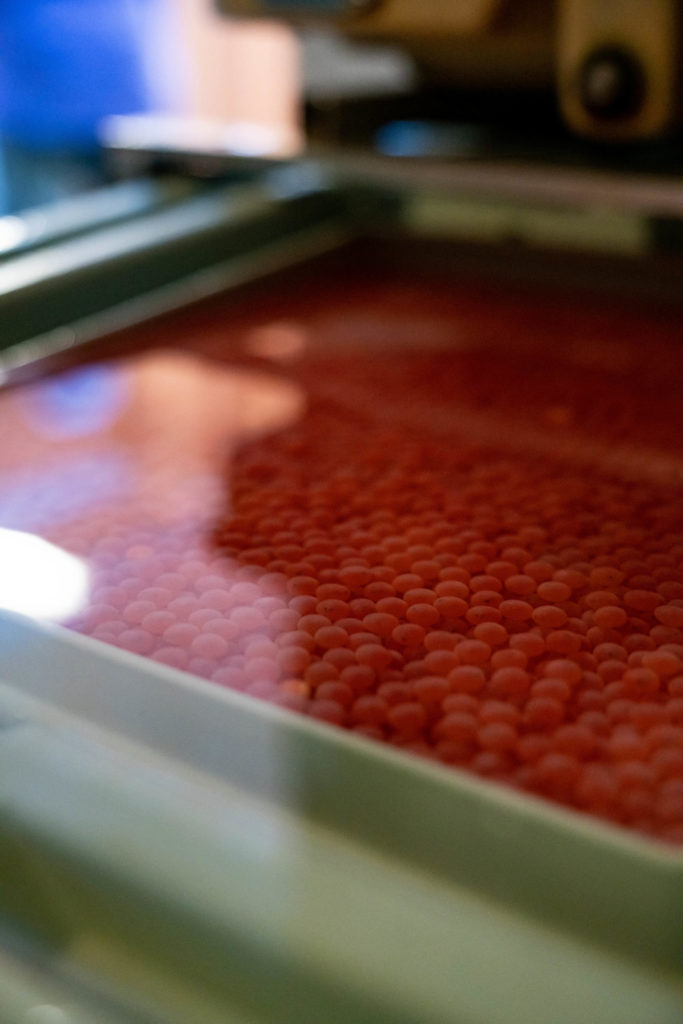
By the early 1980s, Sooke chinook were in crisis. Some returns were so low that concerned locals discussed the possibility of extinction. Unfortunately, Sooke chinooks were a casualty of friendly fire in the Canada-US salmon war. Canada intentionally hammered American chinook and coho off the west coast of Vancouver Island to bring the US to the negotiating table. Unfortunately, some Canadian stocks were fished far beyond their harvest rate capacity. Having run the commercial fishing gauntlet, remaining Sooke chinook had to get past the growing recreational fishery. This was a pivotal period for the future of the river’s salmon stocks.
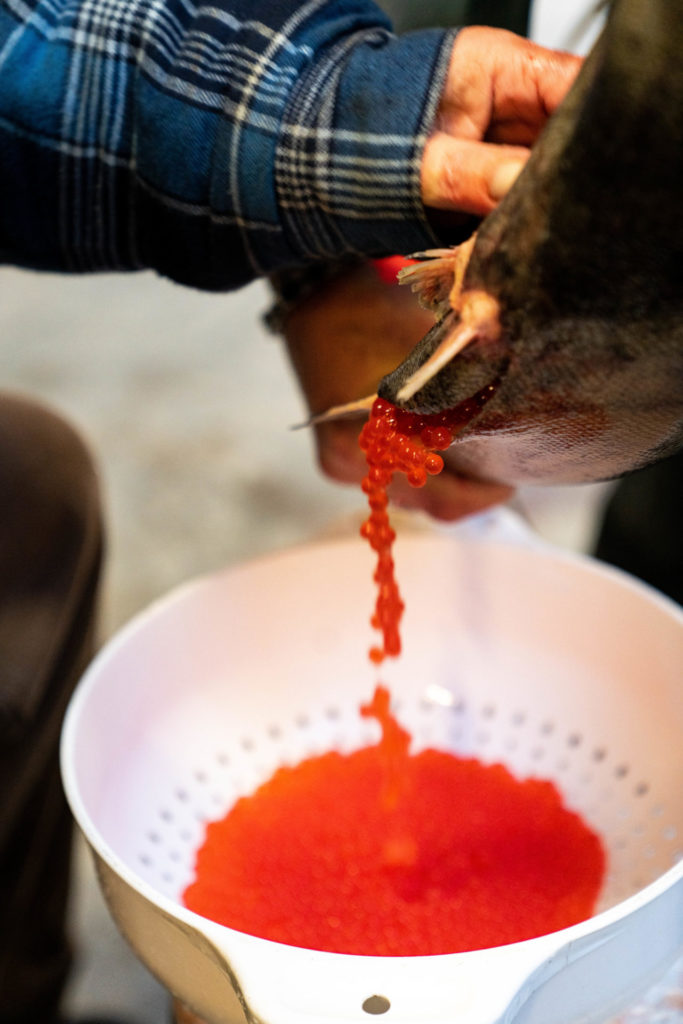
Finding A Solution To The Problem
In the early 1980s, a public meeting was called to address the Sooke River chinook issue. An overflow crowd made up of local DFO, anglers, First Nations, enhancement volunteers and representatives of the minister’s Sport Fishing Advisory Board filled the community hall. In spite of heated discussions, this meeting paved the way for using Nitinat Hatchery brood stock to augment the Sooke chinook population.
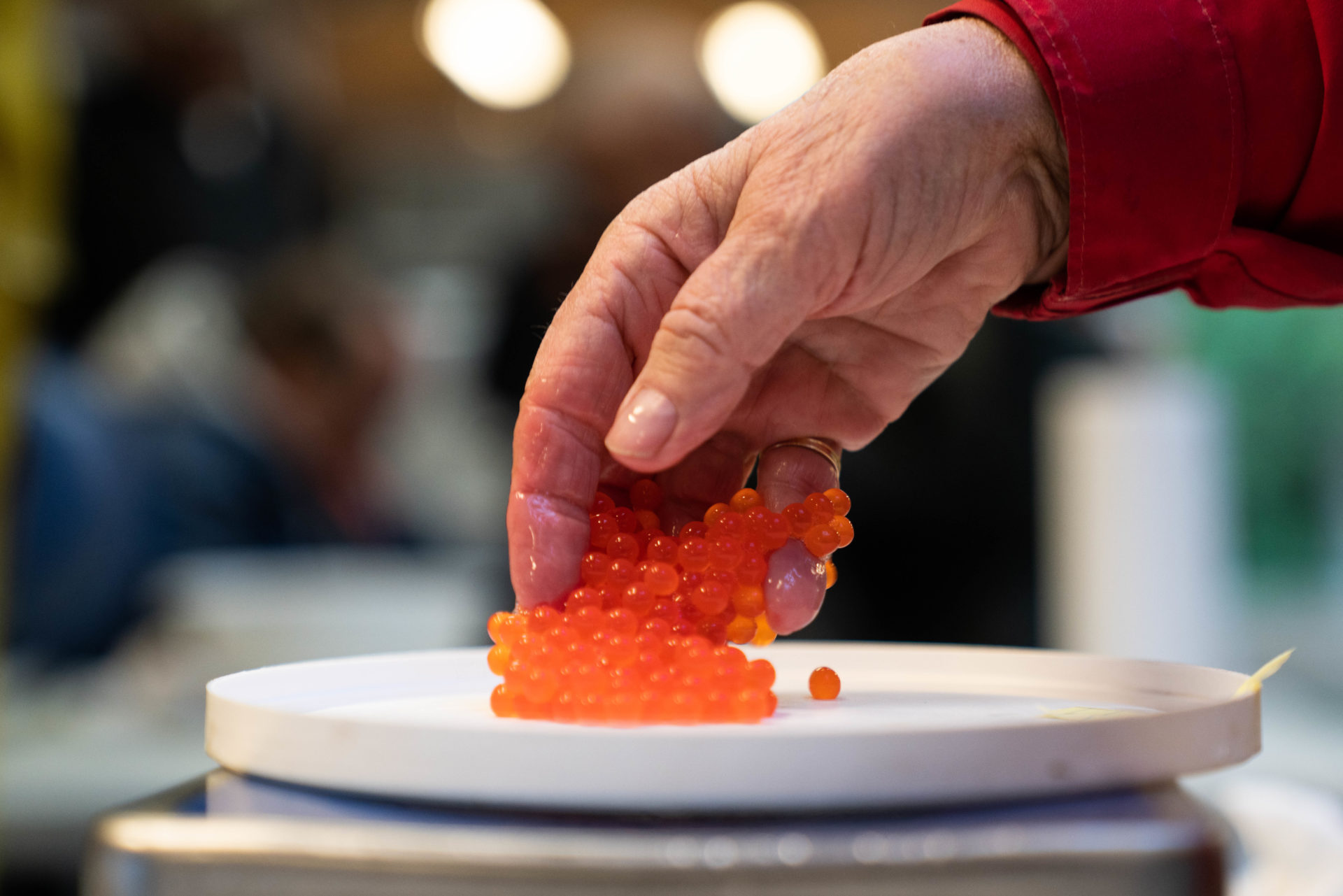
Fast forward to the last decade-and-a-half and to developments, both positive and negative, in the Sooke watershed. The SSES continued to faithfully operate the Jack Brooks Hatchery, however, water flows required to sustain the hatchery had become progressively less reliable.
In 2003, the Juan de Fuca Salmon Restoration Society (JDFSRS) was formed to act as stewards for 12 streams located between the Sooke Basin and the San Juan River. Their mandate centered on restoration, enhancement and education. Charters Creek, another major tributary of the Sooke, was their first project. It involved constructing a spawning and rearing side channel and with pool and riffle complexes. The society also convinced the Capital Regional District (CRD) to release more water into the creek as needed. In a fortuitous move, the CRD later acquired the property from Western Forest Products. To fulfill the education component of their mandate, the JDFSRS applied for funding to construct an interpretive centre and a small demonstration hatchery with a capacity of about 20,000 eggs. The project was completed in 2013, thanks to local contributions and a major monetary infusion from the Pacific Salmon Foundation.
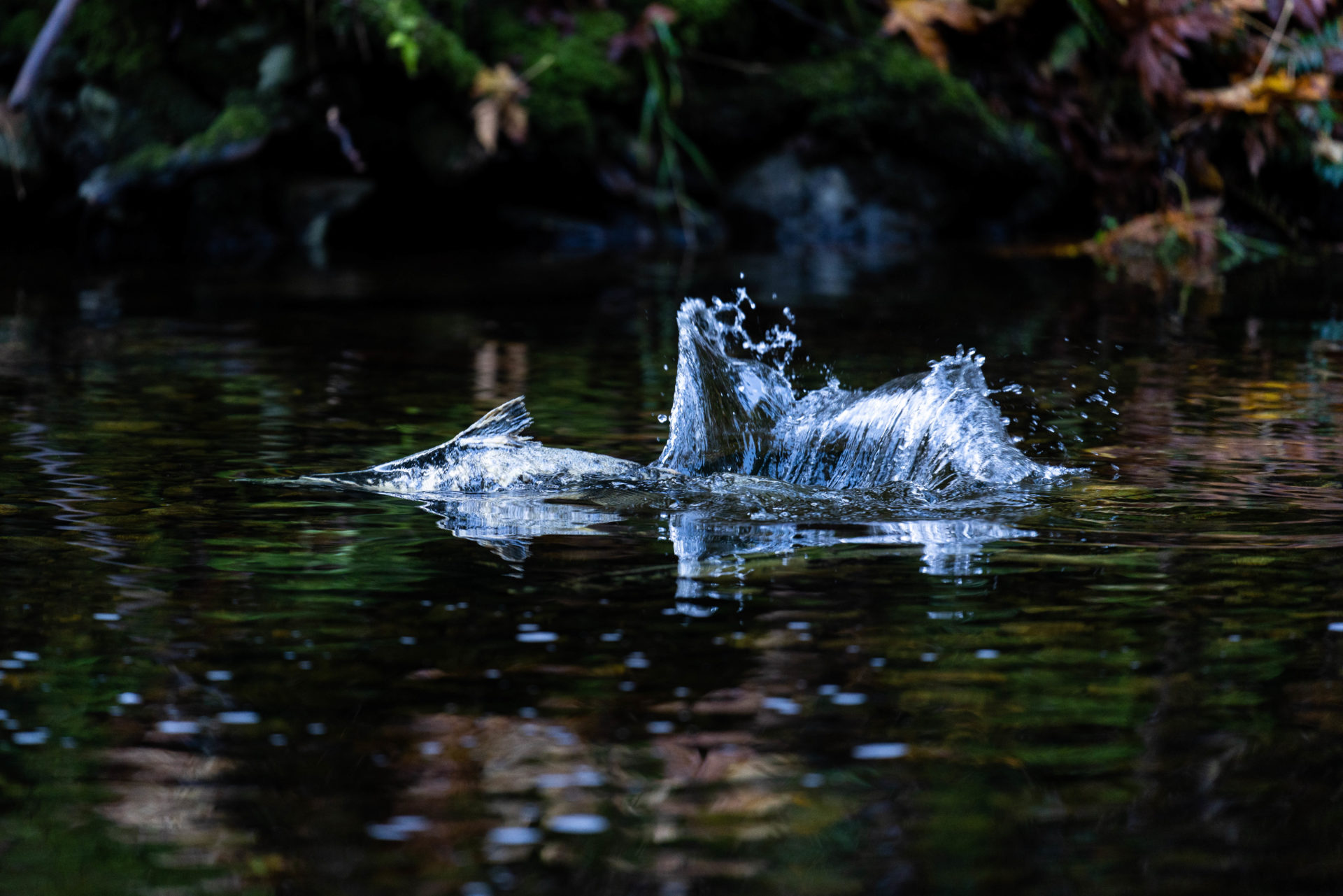
Unfortunately, the water problems at Rocky Creek continued to worsen. This is where that can-do community attitude came to the fore. Apparently, three people provided the bulk of the momentum to take this ambitious project forward. Interestingly, all of them played down their roles, preferring to give credit to the support that came from the whole community. In reality, relocating the Jack Brooks Hatchery to Charters Creek, which began in December 2018, might not have gotten off the ground without their drive and persistence. Long-retired commercial fisherman Bill Pedneault has been with the Jack Brooks Hatchery from the start, and he has been involved in local enhancement and restoration activities for 57 years. Wally Vowles, who also came from a commercial fishing background, has been a mainstay in enhancement work with the JDFSRS. Mike Hicks has a long history in the recreational fishery as a guide and then lodge owner. He also sits as the Juan de Fuca regional director on the CRD. All three have a deep appreciation for what salmon mean to coastal people, and particularly to the Sooke area.
I had arranged to meet Bill on site at the end of a morning work session. The hatchery was now operational, but it still needed some cosmetic touches. The main tasks included moving the remaining useable equipment from the old hatchery and preparing for their first significant brood stock capture the following weekend. However, a week earlier they did trap their first female chinook, a three-year-old which they named Helen. Both Bill and Wally were there, a clear indication that the two enhancement groups felt that combining forces, when needed, made more sense than operating in complete isolation from each other. On the way to the meeting, I stopped at the Charters Creek side channel. It was evident that the earlier work done by the JDFSRS was a success, as every pool was full of coho fry from last fall’s spawners.
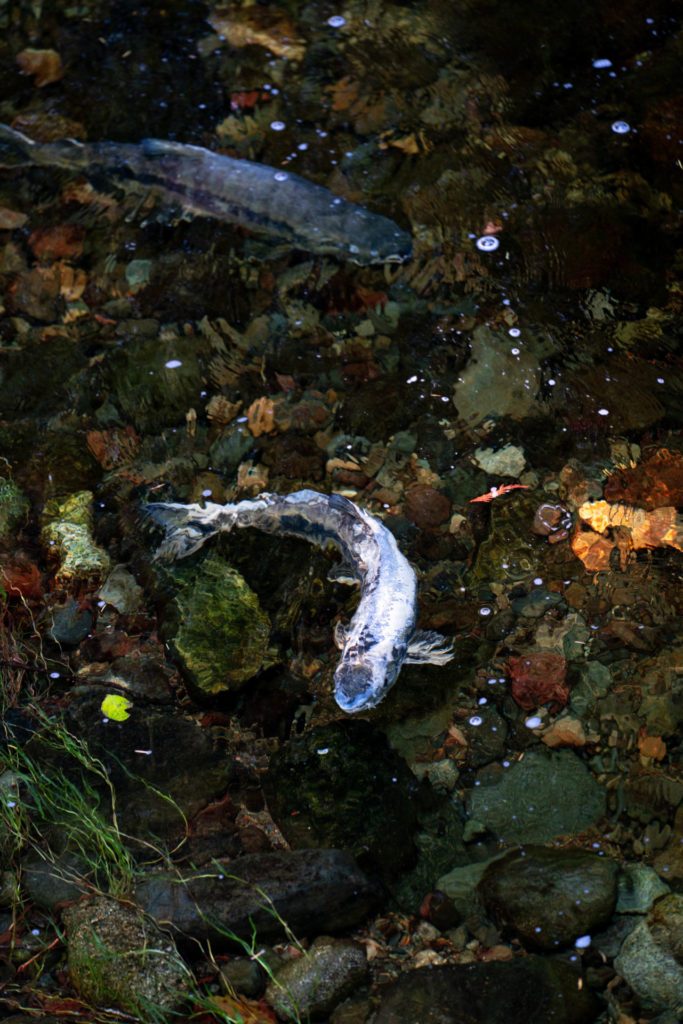
There were a number of essential elements which led to the successful completion of this new hatchery.
- Support from the CRD water branch headed by Ted Robbins. CRD increased the current commitment of 300 gallons per minute to 600 gallons, with the opportunity to go to 1,000 gallons if needed.
- Co-operation of local governments and First Nations support.
- A dedicated volunteer base with varied backgrounds, including new residents from other parts of the country with no previous connection to salmon.
- In-kind donations from businesses and individuals, such as Sooke Home Hardware, T’Sou-ke Nation, Butlers, Dave Saunders, Wally Vowles, Queesto Logging, Paul Cranston Construction, Townsend Construction and Canem Electric. Major financial contributions came from the Pacific Salmon Foundation, Village Foods, Timber West, Harbour Air, BC Hydro, Rex Coburn and Bud Watt. This list is a representative cross section of the support for this million-dollar project.
- A clear division of responsibilities – Mike Hicks (co-ordination with CRD and fundraising), Wally Vowles (construction) and Bill Pedneault (hatchery operations).
An average of 20 volunteers a day showed up during the construction phase. Elida Peers, a director of JDFSRS, demonstrated her community spirit by organizing daily lunches for the workers. Another example took place during my meeting with Bill and Wally. Sooke Home Hardware owner Scott Gertsam arrived just to ask if they needed anything to finish the job. He could have phoned, but showing up in person said a lot about his support for the project.
When asked if they had specific targets for chinook escapements, Bill said, “If we’d had targets before we’d have quit a long time ago. The goal is to have salmon in the river.” He added, “We believe that without our work we’d have very few chinook left.” In recent years, the river has supported 600 to 800 adults annually, with maximum spawning escapements of 1,500 chinook.
The benefits of the move to Charters Creek are significant.
- A new life for the Jack Brooks Hatchery.
- An assured water supply.
- Close proximity to the brood stock capture location.
- The potential for more successful imprinting, given the closeness of the Sooke River.
- Better access and travel time for volunteers.
- Fry and smolts can be held longer before release if required.
- The hatchery compliments existing Charter Creek facilities.
- The hatchery has the capacity for one million eggs.
This story shows what happens when people work together for the betterment of their community, and for the betterment of the environment.
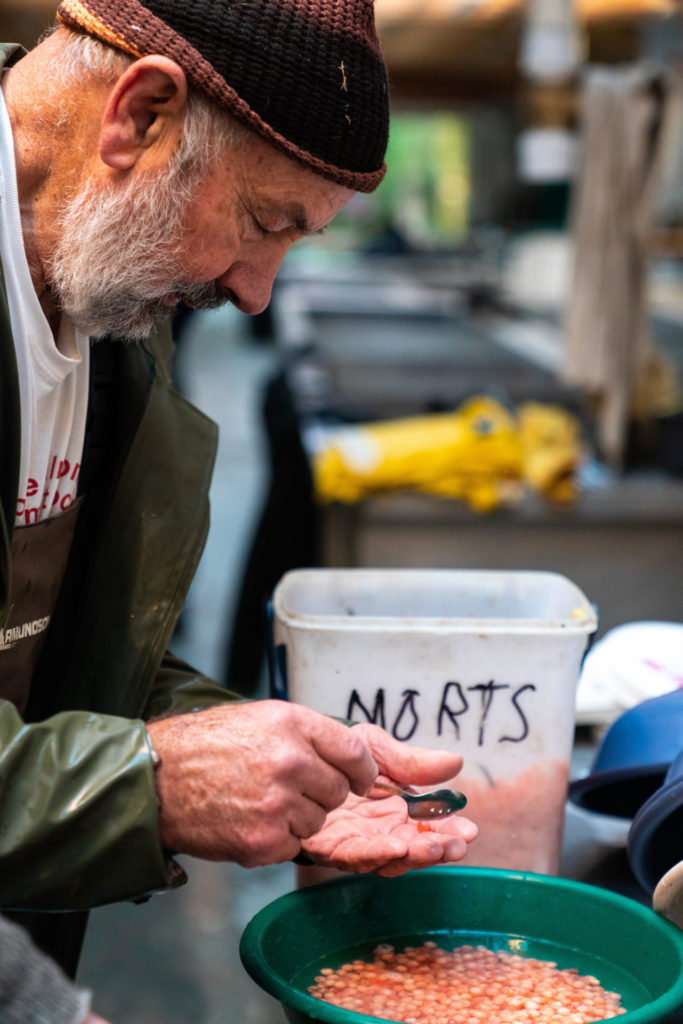
The SSES is always looking to take on more volunteers. If you’re interested in helping out at the Jack Brooks Hatchery, volunteer positions range from coming out once or twice a year, right up to administrative duties. The SSES has monthly meetings throughout the year, and they’re also available to help out other community groups as needed. Membership to the SSES is only $10 a year.
For more information about the SSES, visit sookesalmonenhancement.com, the group’s Facebook page or e-mail sooke.salmon.enhancers@gmail.com.
